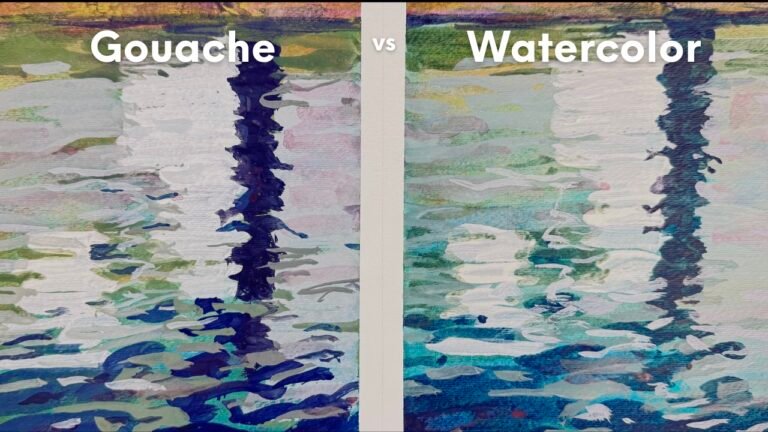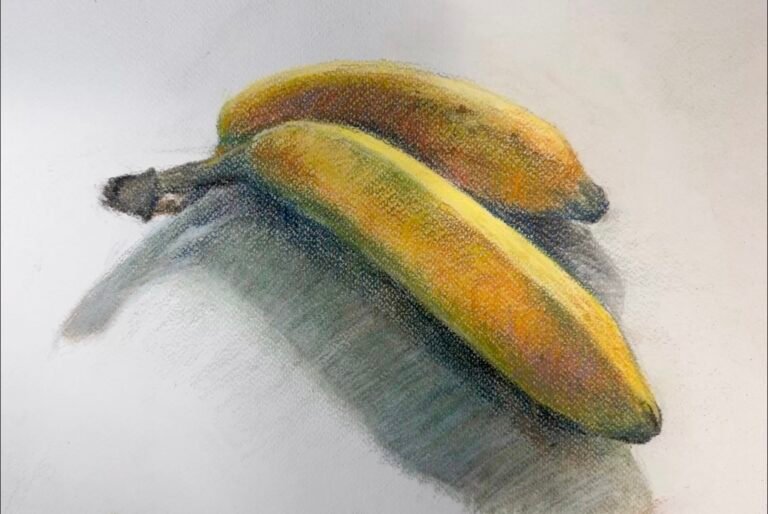
Value: Lesson 2 – Value Scale Guide in Painting & Drawing

What is Value Scale?
Creating Three-Dimensionality: Accurate values are essential in producing the illusion of volume and solidity. By manipulating light and shadow, artists can make objects appear rounded, receding, or projecting out of the picture plane.
A value scale is a tool that organizes a series of values from light to dark, usually ranging from white to black with several shades of gray in between. It generally consists of six to ten values but the range can be fewer or more depending on the artist’s intention and purpose.
How to Use Value Scale?
Accurate Shading and Rendering: Comparing the values in a drawing or painting to a value scale helps artists achieve accurate shading, creating a convincing illusion of depth.
Value Contour Map:
Training the Eye: Develop a habit of mentally (or physically) sketching value contour maps when studying your subject. This involves outlining gradients of light and shadow, akin to elevation lines on a topographic map.
By using it, it forces you to discern subtle shifts in value, avoiding oversimplification.
The value scale and contour map can be simple or complex. Beginners can start with a value scale with a fewer values (5 or 6) and gradually increase more to pick up nuanced transitions.

Identifying Values of Colors:
Each color has its own value. However, distinguishing the correct values between similarly valued colors—such as certain shades of red and green—can be challenging. To accurately identify these subtle differences is to convert colors to grayscale removing the hues.

Video Demonstration:
Here is a video demonstration on creating value scales in both painting and drawing.







